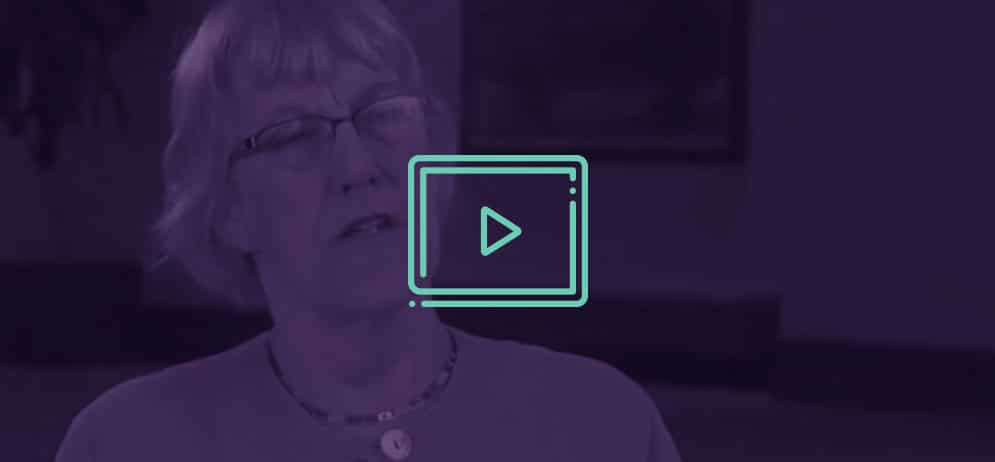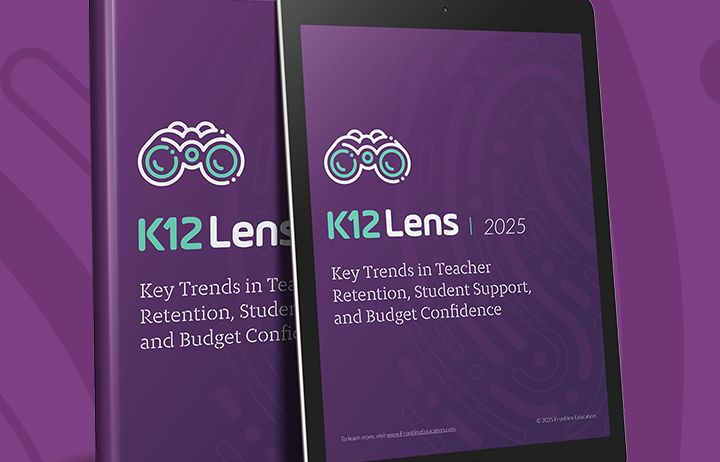When Charlotte Danielson first published the Danielson Framework for Teaching in 1996, her intent was to describe what good teaching was. Over the course of several revisions in 2007, 2011 and 2013, the Framework has provided a common language for discussing teaching practice for a vast number of districts across the country. It also serves as a guide for professional learning over the course of a teacher’s entire career.
Here’s Charlotte Danielson herself, describing what makes the Danielson Framework for Teaching, 2011 and 2013 editions different from earlier versions.
Highlights from the video:
- The 2011 edition makes it easier to train observers for accuracy and inter-rater agreement.
- The 2011 edition was developed with tighter language intended for easier, quicker evaluations.
- The 2013 edition included language of the college and career-ready student learning standards.
- Both newer editions include critical attributes and examples for each level of performance, which bring the rubric to life.
Did you know?
Electronic use of the Danielson Framework for Teaching, 2011 and 2013 editions is available through Frontline Professional Growth. Explore it for tools to simplify evaluations and promote ongoing professional conversations about teaching practice.






